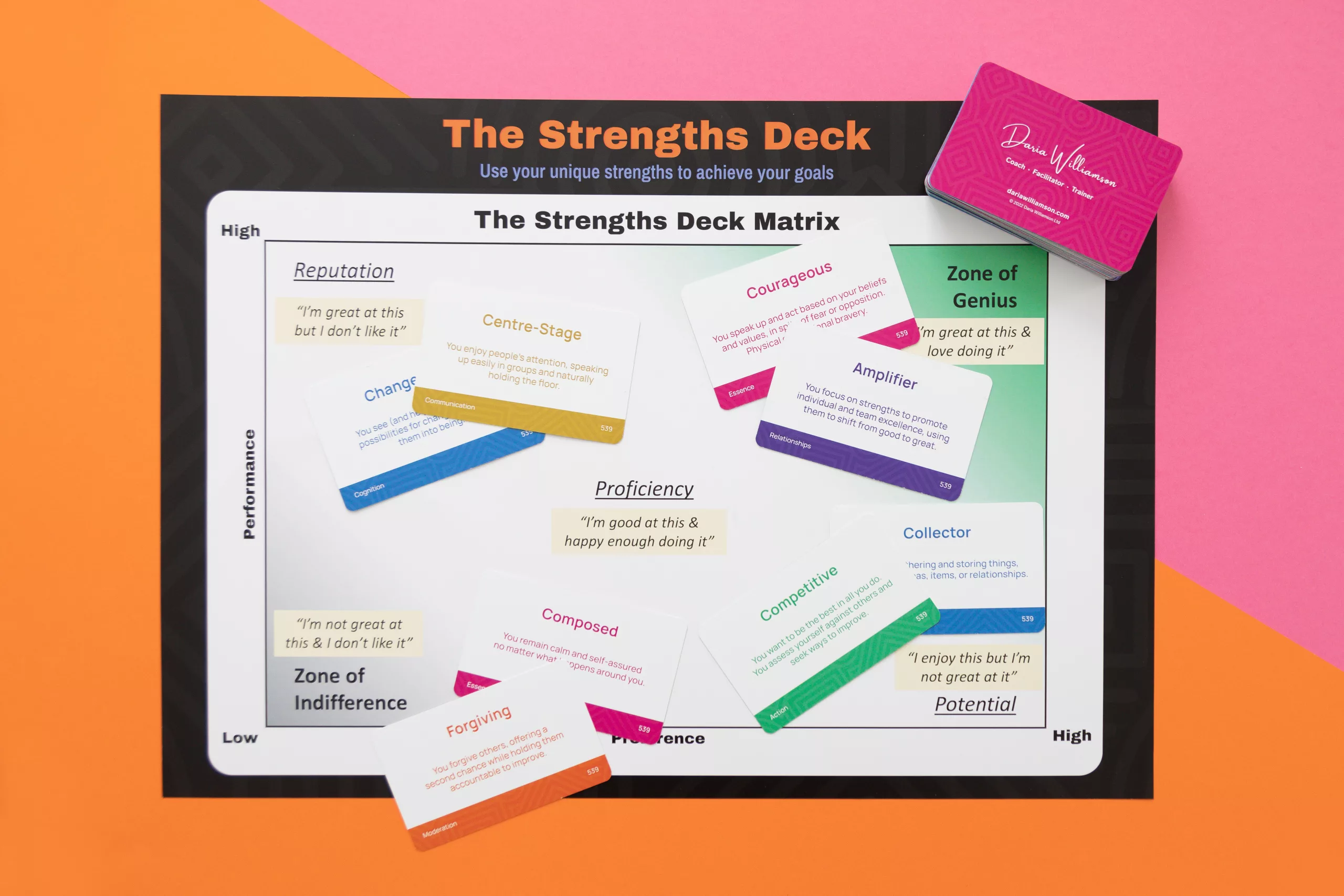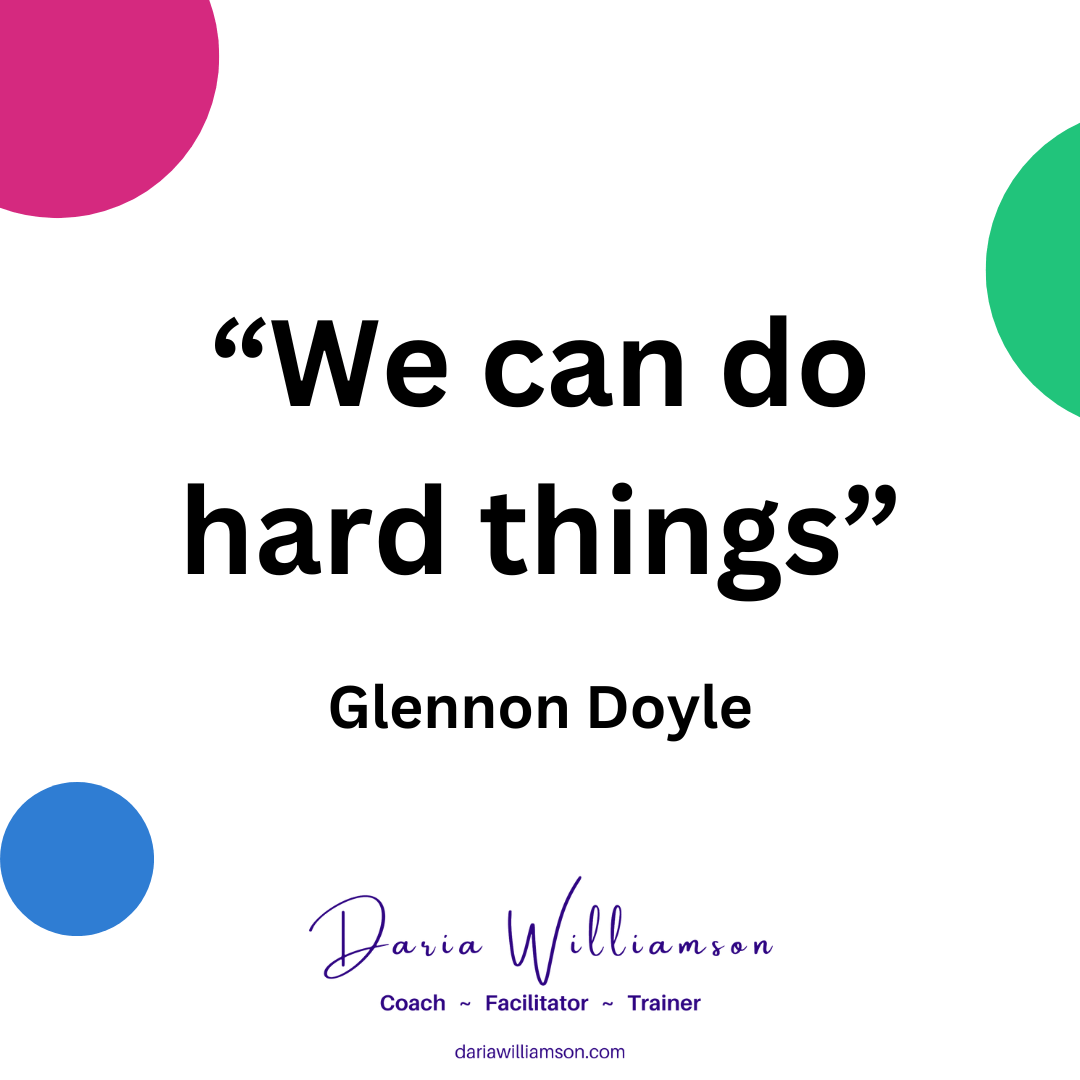It’s a bit ironic that I created the template for this article but never got around to writing it until I was forced into a period of rest!
I had taken a long weekend away from home to get some “me” time. It was wonderful to have entire days stretching out with no commitments, no constraints. After only three days, I felt rested, refreshed, and ready to hit the ground running again.
While I was driving home, the news came through that New Zealand had its first community case of Covid-19 in more than three months. We immediately went into the strictest lockdown setting, with most of our “normal” activities suspended. That was almost identical to how I had structured my holiday, but because it was imposed, rather than a choice, it felt like anything but restful!
In fact, there is evidence that lockdowns can leave us feeling more tired than “normal” life. And many people feel extra pressure to either keep themselves busy, be seen to be busy, or both. And that’s a problem, because we can’t be our best without rest.
The worship of "busyness"
I’ve previously written about why I believe the worship of busyness is wrong.
I believe that a significant proportion of the problems we experience as individuals, families, and communities stems from the beliefs that being busy is really important, and being un-busy is a sign that we aren’t as worthy as others.
Rest vs busy - who wins?
It’s not easy swimming against the tide of busyness, and staking a claim to our right to rest. In the face of a culture that worships busy, seeing it as a status symbol and something desirable, it can feel weird to rest. But ask yourself: who benefits from me being busy all the time? Do I benefit, or do other people?
Resting is one of the most important things we can do for our health and wellbeing. It also supports us to create work-life harmony, with flow-on effects to our productivity and ability to contribute to the world. Without regular rest, we seriously increase our risk of crashing and burning, which doesn’t help anyone, least of all ourselves!
Cultivating rest as a practice
And as hard as it can feel to rest occasionally, it can feel downright subversive to cultivate rest as a practice.
By “practice”, I mean something that we engage in as a habit or custom. This moves the concept of rest away from something that we only do during a few weeks of annual leave each year, into something that forms part of our daily, weekly, and monthly rhythms.
Greg McKeown, author of Essentialism and Effortless (two books I think everyone should read!) recently shared in his newsletter the ‘1-2-3 rule’ for rest, relaxation and recharging:
- 1 hour a day
- 2 days a month
- 3 weeks a year
The 7 types of rest that everyone needs
In early 2021, after nearly a year of navigating the global pandemic, many people were experiencing symptoms of fatigue, low energy, and burnout. Dr Saundra Dalton-Smith outlined the seven types of rest that everyone needs. They are:
Let’s look at each of them more closely.

1. Physical
The first kind of rest relates to our bodies. It can be passive (sleeping, napping, lying down, sitting etc) or active (yoga, pilates, stretching, massage etc).
Note: this is different to relaxation, in which active relaxers might play a game of tennis, go for a run, swim etc. while passive relaxers might read a book, stargaze, or enjoy a coffee with friends.
2. Mental
This kind of rest relates to our minds. Do you know someone (or are you the kind of person) who can’t seem to switch off their thoughts? If so, you might need to create a space for mental rest – schedule some short breaks throughout your day, preferably every two hours or so.
In those breaks, step away from what you are focusing on. Switch your attention to the here and now – what can you see, smell, and hear? Take a few deep, slow breaths as you notice what your senses are telling you.
3. Sensory
We don’t want to have our senses hyped up all the time, though. Reducing the amount of sensory input (noise, light, movement, smell etc.) for several moments throughout the day can help us avoid a sense of overwhelm.
This can be as simple as closing your eyes while sitting at your desk (not while you’re on a Zoom call, of course!). And intentionally “unplugging” at the end of the day by putting down or switching off electronic devices.
May people find sensory rest through mindfulness or meditative practices. Find a quiet space where you will be undisturbed, and then sit or lie down in a comfortable and relaxed position. Then, depending on your preferences, you can use a guided meditation (I really like the Insight Timer app and meditations from Dr Kristin Neff’s Self Compassion website), repeating a positive word or phrase (known as a mantra), focusing your attention on your breathing, completing a body scan, or many other approaches (PositivePsychology.com has a page with over 20 different techniques and activities).
4. Creative
Creative rest is about reconnecting with the sense of awe and wonder that is part of being human. It’s what drives us to turn our attention to a spectacular sunset, a beautiful vista, or the stars stretched out above us.
And it especially important for the way that many of us work and live, with our heads down and our eyes focused on things that are within arm’s reach.
You can get some creative rest by going for a walk in nature. And you don’t have to go far – your backyard or local park are perfect. Watch the birds flitting through the trees, the bees enjoying the flowers, and the way the wind ruffles the grass and leaves. You might even like to do some cloud-watching!
5. Emotional
The world is going through a particularly challenging period, and most of us have been experiencing heightened emotions, at least from time-to-time.
Caring for others, looking out for the wellbeing of people around us, helping out colleagues, friends and family… they are noble endeavours, but they can be emotionally draining.
Emotional rest is about having the time and space to acknowledge, feel, and express our emotions, firstly with ourselves, and then with trusted others.
The more aware we are of our emotions, the easier they are to work with. That’s why I’ve put together some emotion-based resources, including a list of emotion words (because naming something is the first step to taming it, and there are far more emotions than just glad, sad, and mad), and a guide for using emotion wheels to build our emotional intelligence.
6. Social
This one might seem unusual when we’re locked down and unable to socialise. But it holds true whether we are seeing people face-to-face, or via our computer screens.
In fact, the phenomenon of Zoom fatigue has been attributed partially to the unnatural experience of being able to see lots of faces simultaneously – we usually focus on only one face at a time while we are speaking.
So, for social rest, find ways to “lighten the load” socially. This can include:
- switching to “Speaker Mode” in your Zoom meeting settings. This will show the person who is speaking in the majority of your screen, reducing the social stimulus from other faces
- declining unnecessary online (or face-to-face) meetings
- working out whether 1:1 catch-ups are more energising for you than 1:many, then planning your social time accordingly
- using asynchronous communication methods (e.g. emails and text messages) over synchronous (phone or video calls) to give you time and space between social demands
- connecting with people you genuinely like, who are supportive and caring
- taking a break from the online or face-to-face world and having some “alone” time doing an activity you love, or simply resting your body and mind
7. Spiritual
In this type of rest, “spiritual” refers to connecting with what exists beyond the physical and mental planes, and experiencing a profound sense of belonging, love, acceptance, and purpose.
This can take many forms, including:
- meditation
- organised religious/spiritual practices
- prayer
- community involvement/volunteering
- mindfulness
The key is to engage with something greater than yourself on a regular basis.
How will you get the rest you need?
While the above types of rest are defined separately, we often end up combining different types of rest together.
For example, if you go for a walk in the local park, you might experience mental, sensory, and creative rest. If you go with a good friend, you may also get some emotional and social rest. If you sit and gaze at the natural beauty surrounding you, you may enter into spiritual rest.
Take a few moments to think about which types of rest would be helpful for you today. How will you prioritise time for the different kinds of rest? How will you build them into your schedule?
Get yourself a rest-buddy
Who do you know who could benefit from prioritising rest? Share this article with them.
You might even come up with a plan to support each other in your ‘quest for rest’. Having a ‘rest-buddy’ who will keep you accountable to your rest commitments, and who you will hold accountable to keep theirs, is a great way to prioritise rest and wellbeing using positive social support.
Resources
- The 7 types of rest that every person needs – Saundra Dalton-Smith MD (via TED.com)
- Why You Are Feeling Even More Tired During Lockdown – PsychCentral.com
- Productivity as a Trauma Response – PsychCentral.com






1 thought on “Why you need rest to be your best”
Pingback: How To Choose Your Approach This Silly Season ~2021 ~ Daria Williamson - Coach, Trainer, Facilitator
Comments are closed.